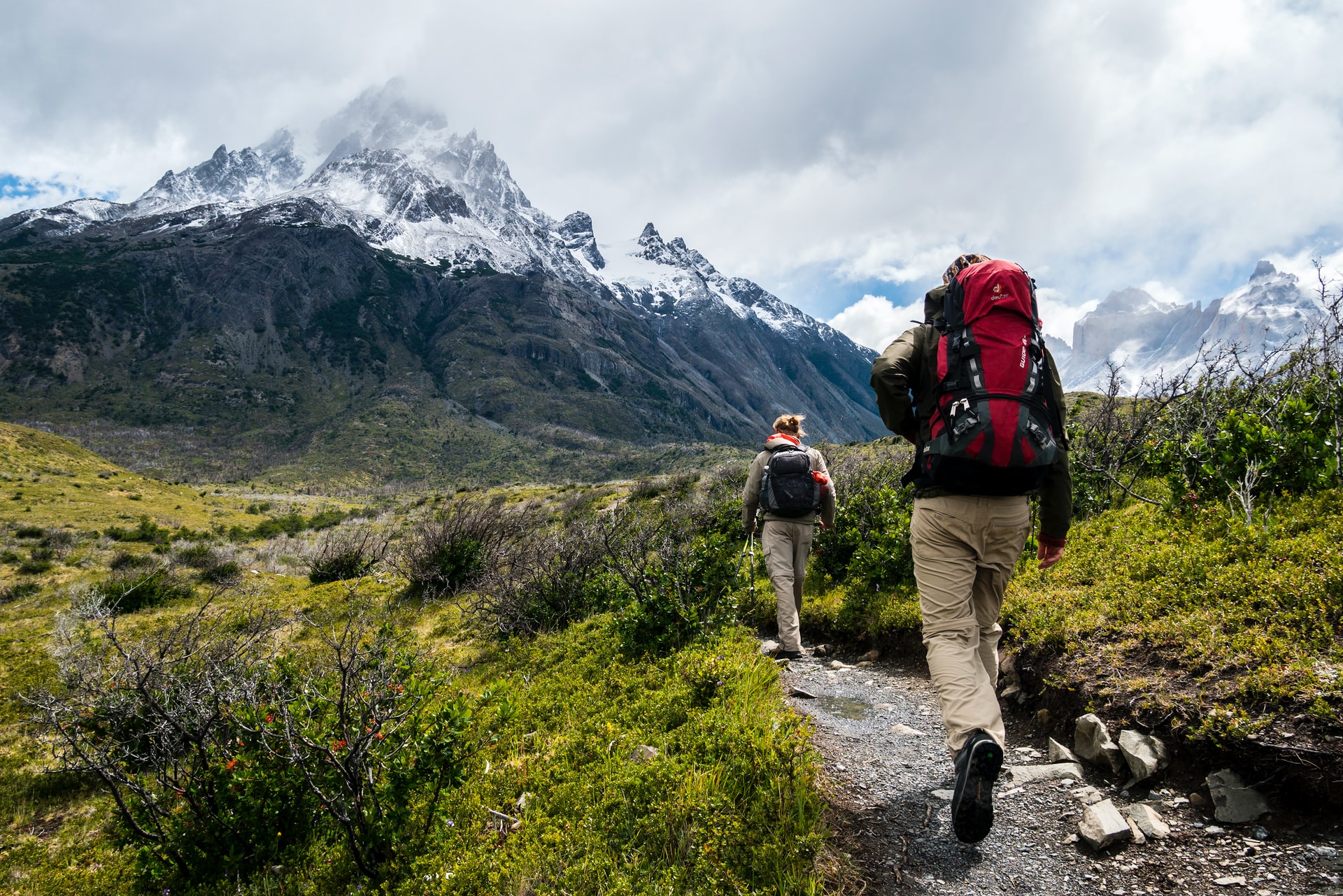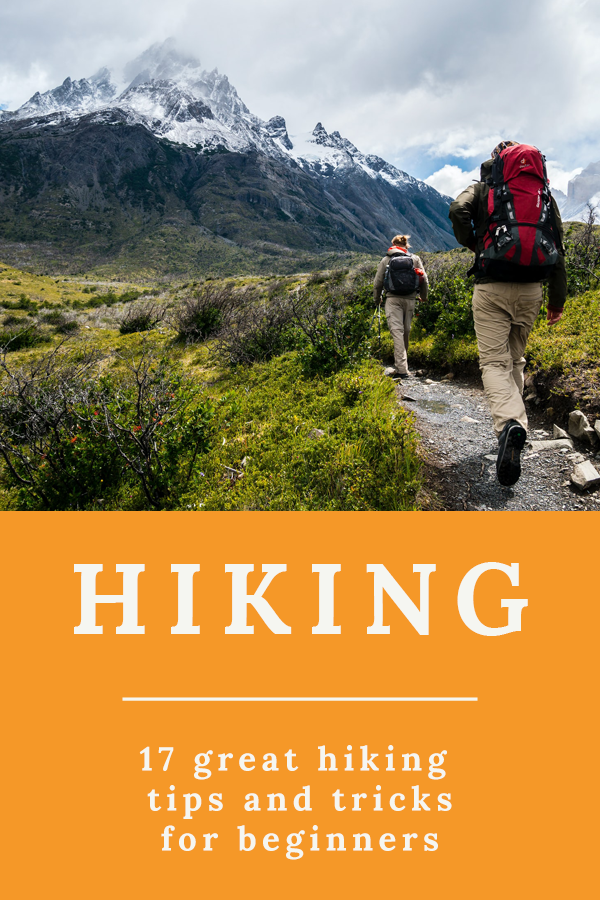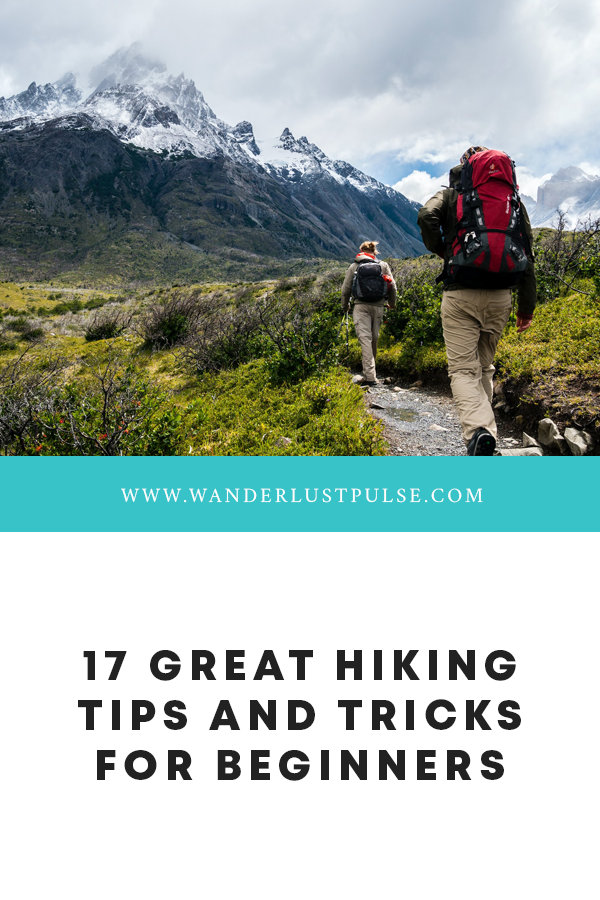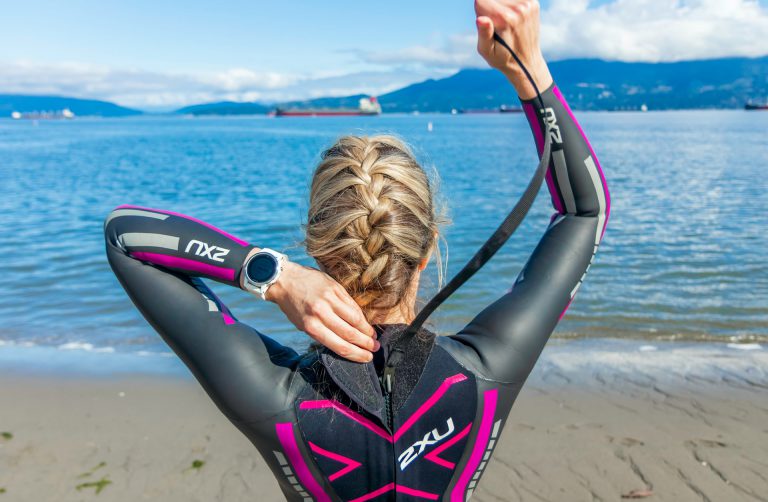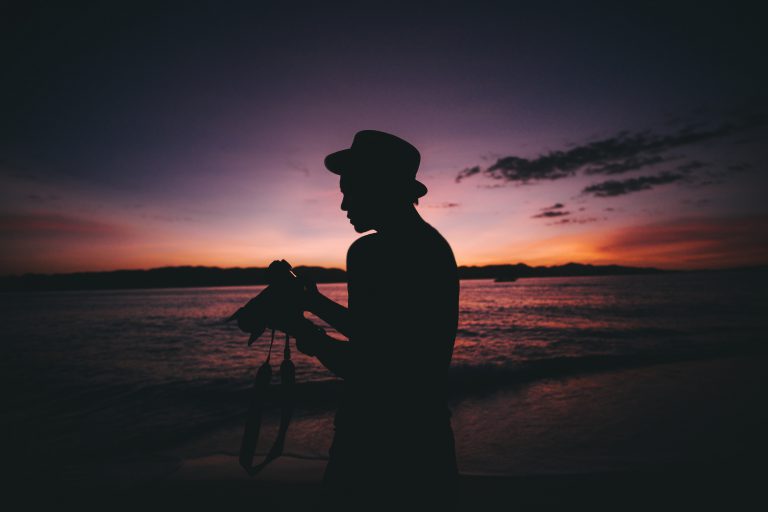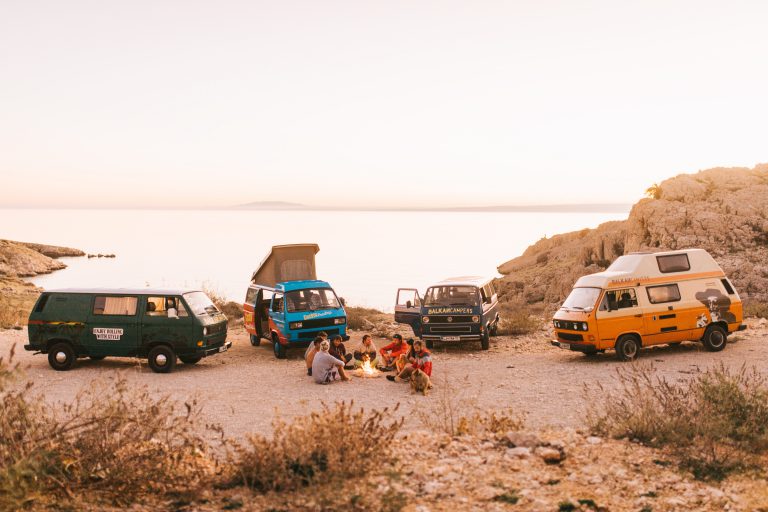17 great hiking tips and tricks for beginners
Hiking is a relaxing way to discover and explore new places in nature, and the best thing is backpacking isn’t really rocket-science! It’s very easy to start with. However, you might want to prepare yourself and know a few of the packing essentials before you leave on a hike.
We’ve listed a few of the most important tips and tricks for beginners, so you can enjoy a safe and comfortable hike.
Page Contents
Inform friends of your plans
Tell your family and friends where you’re going hiking beforehand, and how long you’ll be gone. Ask them to alert the authorities if they are unable to make contact with you within a certain timespan. This will greatly increase your chances of survival, should something go wrong.
PS: Make sure to contact these friends when you get back 🙂
Always dress in layers
When you’re about to go on a hike, be more focused on practicality – the functionality of your clothing will be more important than style!
That’s why we always dress in layers; It will create pockets of air (which help insulate), but it will also avoid sweating (which will cool you off quickly). This trick also applies for your legs: It might not be the most trendsetting thing to do, but long underwear or tights underneath your pants will make an enormous difference.
Generally, you’ll have to layer up like an onion in three layers: the base layer (thermals and long underwear), mid layer (sweatshirt) and the waterproof layer (aimed to stop rain only).
Avoid cotton
During your hike, you’ll want to make sure to avoid cotton clothes, as they do not retain heat very well and are known to keep moisture on your body which can cause hypothermia.
It’s best to pack clothes as they dry quickly, don’t retain odor, and move moisture away from your body.
Learn about Hypothermia and frostbite
Hypothermia and Frostbite are two conditions hikers can experience when the body loses more heat than it is generating.
Hypothermia
Hypothermia is caused by prolonged exposures to very cold temperatures. When exposed to cold temperatures, your body begins to lose heat faster than it’s produced. Lengthy exposures will eventually use up your body’s stored energy, which leads to lower body temperature.
Body temperature that is too low affects the brain, making the victim unable to think clearly or move well. This makes hypothermia especially dangerous, because a person may not know that it’s happening and won’t be able to do anything about it.
Frostbite
Frostbite is a type of injury caused by freezing. It leads to a loss of feeling and color in the areas it affects, usually extremities such as the nose, ears, cheeks, chin, fingers, and toes. Frostbite can permanently damage the body, and severe cases can lead to amputation (removing the affected body part).
Tip: If you begin to struggle to touch your thumb tip with your pinky tip on one hand, it generally means that you are too cold and exposed and you’re likely to get hypothermia. Try this trick a few times while hiking and if you notice you struggle to achieve this simple trick, it’s time to warm up.
Don’t forget about first aid
As beginners with less experience head out for a hike into the woods, first aid training might be an essential skill to have. Learn the basic first aid, keep a first aid kit with you at all times, and know how to use it.
Learn how to make a fire
In almost any hiking situation, you’ll need to make a fire. It sounds like a simple task, but most beginners struggle to construct an efficient campfire.
A good fire needs 3 basic components: A spark (ignition), fuel (wood), and oxygen (so the fire actually ignites).
Next to an adequate airflow, we advise you to bring at least two fire starters with you… just to make sure you’ve got a backup in case it’s needed.
Pro tip: try making a fire in your backyard so you have mastered it before you start your adventure! It might even be worth it to try to prepare a meal, because it’s not as simple as it seems: you’ll have to block the wind, cover the pan, keep the fire going and most importantly, don’t burn yourself!
Pack your bag correctly
Packing a backpack efficiently will not only help you carry a lot of gear, but it will also help you keep the center of gravity in line with your body while hiking, making it much more comfortable to carry during long hikes.
In general, a backpack can be broken down in a few zones:
- Bottom zone: Good for bulky gear and items not needed until camp (such as a sleeping bag).
- Core zone: Good for your denser, heavier items.
- Top zone: Best to pack bulkier essentials you might need on the trail.
- Accessory pockets: meant for essentials you’ll need urgently or often.
Get a waterproof backpack, and maybe even some extra reusable waterproof bags. to wrap your gear in. Nothing is more frustrating than a wet sleeping bag at the end of a long hike.
Invest in good footwear
Having the perfect footwear is essential for going on a long hike, so whether you prefer lightweight shoes or supportive ankle-boots, make sure to break them in so you are comfortable to walk long distances.
Bring a whistle
If you ever manage to get lost during a hike, you’ll be glad to carry one. This is because it’s much louder than the human voice, making the sound carry further than when you’re shouting.
Another reason to carry a whistle is that you can blast it for hours, long after your voice would have gone hoarse.
Tip: most backpacks are designed to carry a whistle into the chest strap clip.
Take pictures of your route
At the beginning of most trails, there is usually a map or announcement about the trail you’ll be following. Take a picture of it with your smartphone, so you can refer to it if you get lost.
For photographers: This will also help you afterwards, when you’re trying to remember which picture is linked to which trail.
Use your surroundings
When you’re out hiking, and need to cross a slippery log, think about sprinkling river sand or grime over the log before stepping out on a slimy log. The sand will give you the traction you need.
Store an extra supply of water in your car
As a beginner who’s planning to hike for an extended period of time, you should know the value of carrying a light backpack. This is because the lighter the backpack, the longer you’ll be able to hike since you’ll be less likely to suffer from injury to your back and knees making you be able to enjoy the overall adventure.
Packing light is a skill. Carrying water is a terribly dreadful chore, especially when you’re packing light. That’s why experienced hikers store extra water in their car when they are camping or hiking, so they still have extra water when there aren’t any shops or rivers in the neighborhood.
Avoid conduction
Conduction is when heat is transferred between objects in direct contact, which can be an issue when your body is in direct contact with cool water or the cold ground.
That’s why it’s best to always pack a mattress to keep yourself off the ground when you’re sleeping. This is because the ground would literally steal your heat and energy, which could give you a terrible night’s sleep and sore muscles!
Bring a trash bag and leave no trace
While the basic survival kit includes a map, compass, sun protection, first aid kit and so much more, you need to bring one additional piece of gear: a trash bag.
Each piece of trash that is left in the wild builds up, shifting the landscape from wild and scenic to run down and trashy.
I can assure you that every experienced hiker has encountered trash lying around on the most scenic trails, making their trip just a little less remarkable.
We realise it can be a laborious task of picking up someone else’s trash, all we can say is: be the change you want to see in the world. This is your chance to keep the environment clean and it can be your good deed for the day.
So remember, leave no trace! Additionally, you can try to travel with a Zero Waste footprint.
Research the common animals
As a photographer and as a nature lover, it is a lot of fun to spot random animals and knowing which ones can harm, or even kill, you.
The first step would be to learn how to identify animals by its paw prints, so you have a heads-up which animals are wandering around in the area.
Another thing you’d like to learn is how you can distinguish if an animal is “bluff charging” at you, or if they are protecting their home.
Learn to navigate
Learning how to navigate in the woods is not only handy in emergency situations, but it will also help you prevent them.
Another reason why you’d invest some time in learning to navigate, is because modern navigation systems can fail, and knowing how to orient yourself while hiking is always a handy skill.
Read the sky
Being able to read the sky is always better than trusting the weather forecast from the night before. This is because weather can change all time while hiking, and most mountain trails are known to have their own climate.
Being able to tell if a storm is on its way, or if it’s going to be cold at night is a skill you can dream of. Generally speaking, the sky can provide you with enough information to help you determine your next course of action: bring out the rain gear, or set-up base for the night.
Enjoy your hike
Hiking is an unique and amazing experience, make sure to follow these tips and don’t forget to to enjoy your hike!

